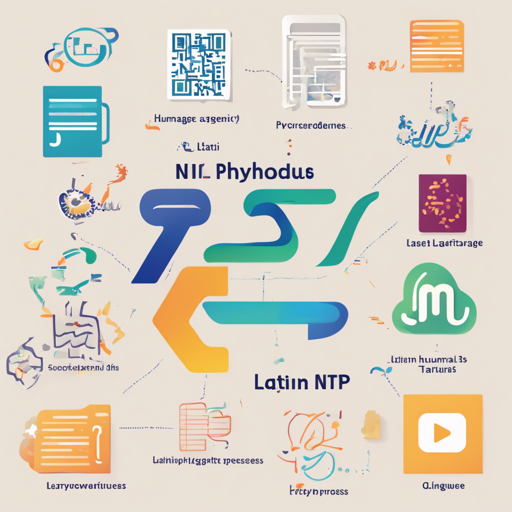Stanza is a powerful Python Natural Language Processing (NLP) library developed by the Stanford NLP Group. With its support for over 60 human languages, it serves as a robust toolkit for various NLP tasks. In this article, we will take you through the installation and initial setup of Stanza, along with some troubleshooting tips to ensure you have a smooth experience.
Why Choose Stanza?
Stanza offers an extensive range of NLP functionalities, including syntactic analysis and named entity recognition, particularly well-suited for biomedical literature and clinical notes. The library can be accessed easily through a user-friendly Python interface.
Installation
To start using Stanza, you need to install it first. Here’s how you can do this through different methods:
- Using pip: Open your command line or terminal and run:
pip install stanzapip install stanza -Uconda install -c stanfordnlp stanzagit clone https://github.com/stanfordnlp/stanza.git
cd stanza
pip install -e .Running Your First Stanza Pipeline
Once Stanza is installed, you can kick-start your NLP journey. Here’s an analogy to understand how running a pipeline works: think of setting up a library. The library (Stanza) consists of various sections—grammatical tools, a linguistic dictionary, and different reading materials (language models) that you can access. To start, you’ll need to tell the library what section you are interested in. Here’s how you can do that:
- Open your Python interactive interpreter and run:
import stanza
stanza.download('en') # Downloads English models
nlp = stanza.Pipeline('en') # Sets up a default neural pipeline in English
doc = nlp('Barack Obama was born in Hawaii. He was elected president in 2008.')
doc.sentences[0].print_dependencies()This command will analyze the sentence and print out a dependency relation which is akin to establishing connections between concepts in your narrative.
Troubleshooting
If you encounter issues such as:
- Connection Error: If you hit a
requests.exceptions.ConnectionError, consider using a proxy:
proxies = {'http': 'http://ip:port', 'https': 'http://ip:port'}
stanza.download('en', proxies=proxies)For more insights, updates, or to collaborate on AI development projects, stay connected with fxis.ai.
Conclusion
Stanza is a rich resource for NLP tasks across various languages and domains. By following the steps detailed above, you’ll be well on your way to harnessing the capabilities of this library. Whether you are analyzing text, training models, or delving into clinical literature, Stanza has got you covered.
At fxis.ai, we believe that such advancements are crucial for the future of AI, as they enable more comprehensive and effective solutions. Our team is continually exploring new methodologies to push the envelope in artificial intelligence, ensuring that our clients benefit from the latest technological innovations.

